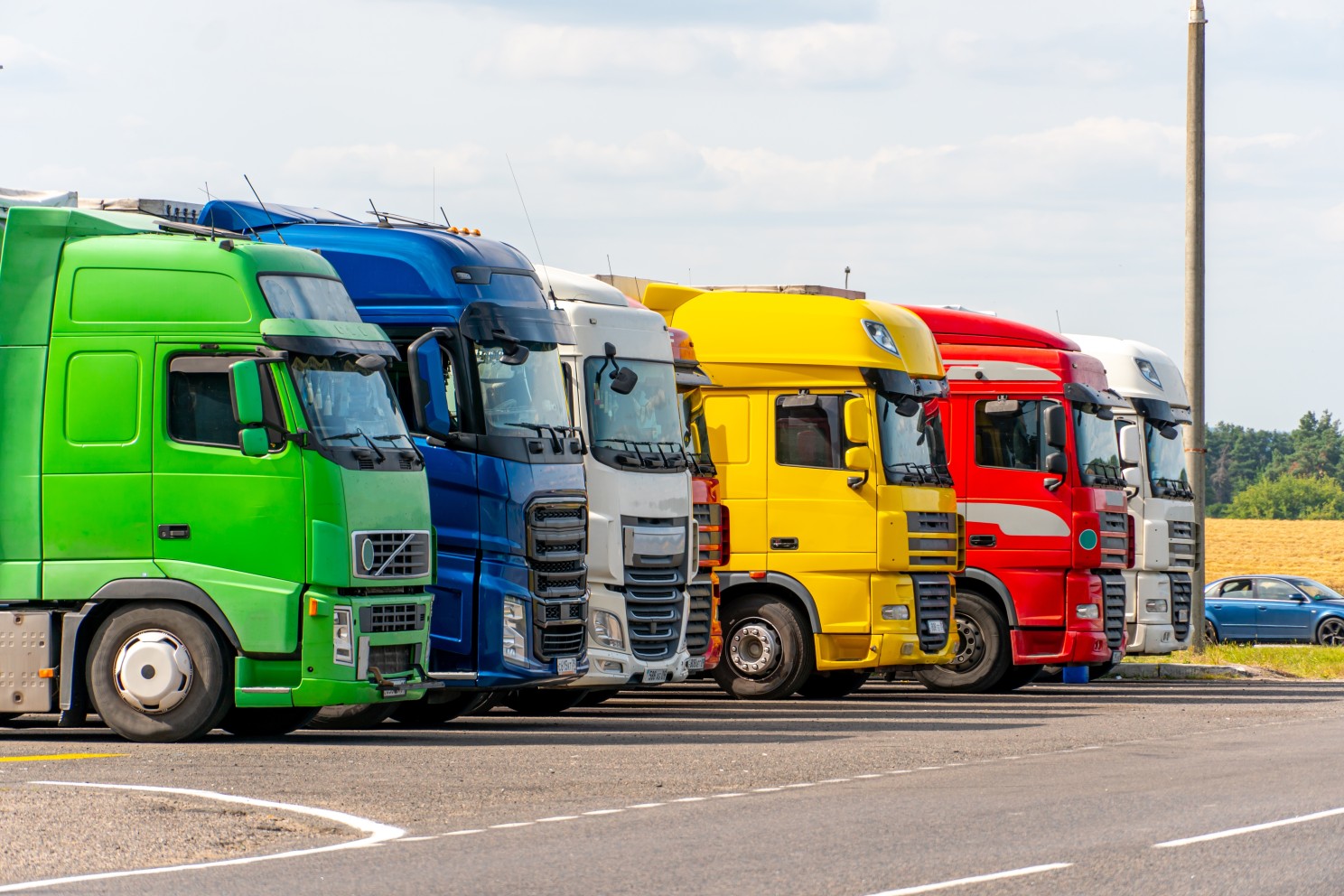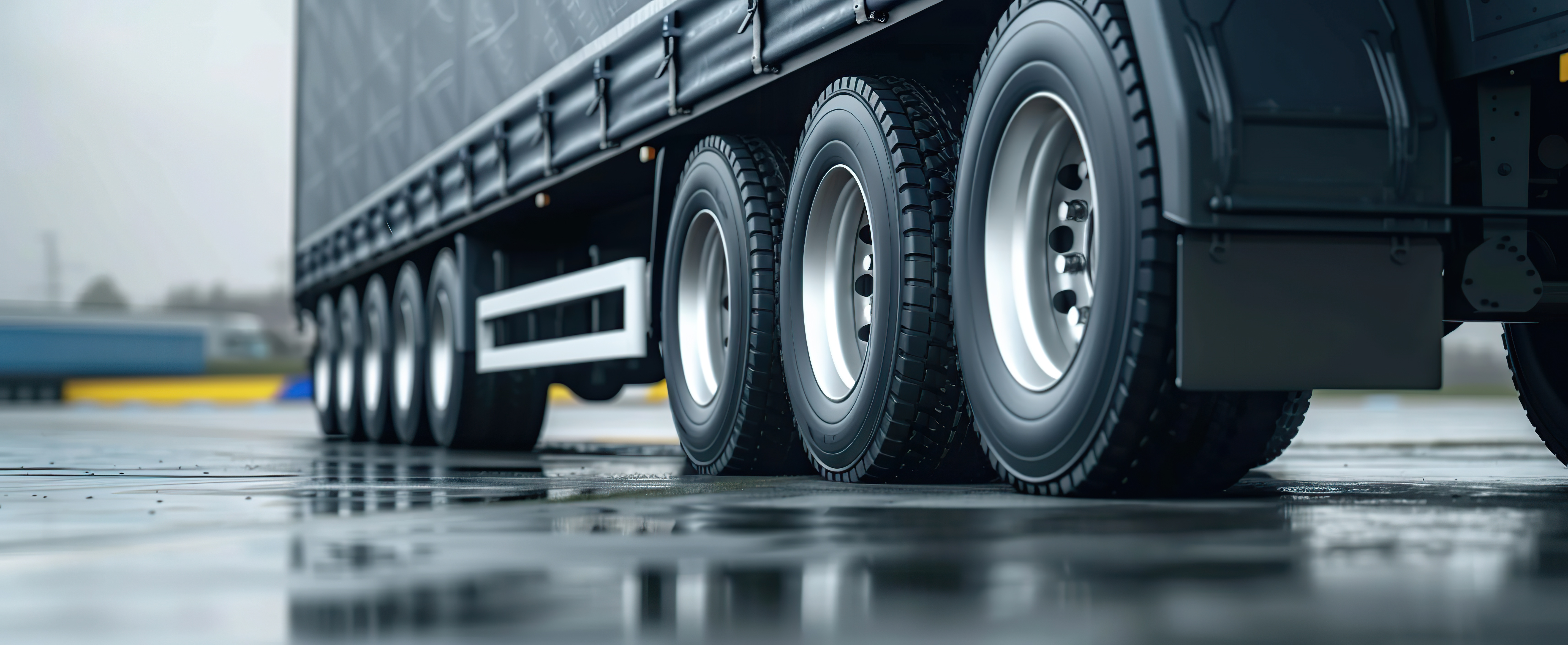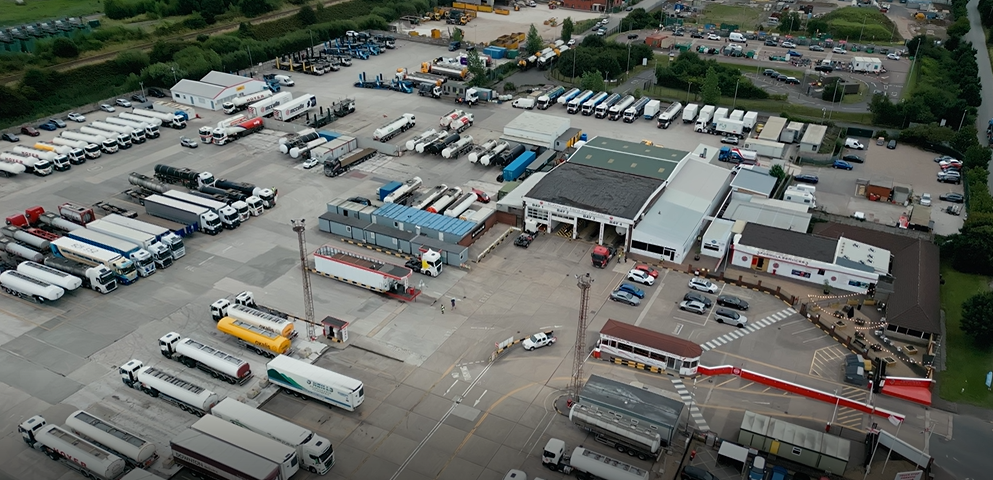
Josh Cousens
Cosa devono sapere i gestori di flotte sulle normative UE in materia di trasporti
Creato: 07/04/2025
•
Aggiornato: 07/04/2025
Sappiamo che i gestori di flotte sono alle prese con la carenza di autisti, l'aumento dei costi del carburante e il notevole compito di mantenere i camion in regola. A questo si aggiunge una complessa rete di normative europee sui trasporti che si evolvono più velocemente del chilometraggio della vostra flotta. Tutto questo vi suona familiare?
Benvenuti in prima linea nell'autotrasporto europeo.
Dalle norme sulle ore di servizio agli obiettivi sulle emissioni, il panorama normativo dell'UE rappresenta una sfida e una sfida, ma anche una tabella di marcia per un trasporto più innovativo, sicuro e sostenibile.
Che si tratti di gestire un'azienda a conduzione familiare in Polonia o di supervisionare operazioni paneuropee dal Regno Unito, stare al passo con le regole non è un optional. È sopravvivenza.
Perché i gestori di flotte devono prestare attenzione
Le normative europee sui trasporti influenzano quasi tutti gli aspetti delle vostre attività: ore di guida, emissioni dei veicoli, controlli alle frontiere, parcheggi e conformità digitale. Rimanere indietro potrebbe significare multe, ritardi o perdite di contratti.
La buona notizia è che se comprendete il sistema, potete usarlo a vostro vantaggio. Conoscere le regole rende più facile distinguere la propria attività dalla concorrenza.

Le principali normative UE sui trasporti che ogni gestore di flotta dovrebbe conoscere
1. Orari di guida e leggi sul tachigrafo
L'Unione Europea ha stabilito regole severe sulla durata dell'orario di lavoro dei conducenti. I gestori di flotte devono assicurarsi che i loro autisti:
- Guidare per non più di 9 ore al giorno (estendibili a 10 ore due volte a settimana).
- Non superare le 56 ore di guida in una settimana.
- Fare una pausa di 45 minuti dopo 4,5 ore di guida.
I tachigrafi digitali devono essere installati su tutti i veicoli interessati per verificare la conformità. L'inosservanza di tale obbligo è uno dei motivi più comuni di sanzione.
Per saperne di più su regole del tachigrafo.
2. Pacchetto mobilità
Questo ampio insieme di riforme sta trasformando il trasporto merci transfrontaliero. I cambiamenti principali includono:
- Ritorno regolare dei veicoli nel paese d'origine ogni 8 settimane.
- Parità di retribuzione per i conducenti che operano nei paesi dell'UE ospitanti.
- Nuove regole sul cabotaggio e sul distacco dei conducenti.
È una svolta per i gestori di flotte che si occupano di trasporti internazionali.
Scoprite di più sul pacchetto mobilità qui.
3. Emissioni e norme ambientali
Le zone a basse emissioni (LEZ), gli obiettivi di CO2 per i nuovi camion e gli incentivi per i veicoli elettrici sono solo l'inizio.
I gestori di flotte devono attenersi agli standard di emissione Euro 7. Questi includono:
- Sapere dove si trovano le zone a basse emissioni (soprattutto in città come Parigi, Berlino e Milano).
- Investire in tecnologie più pulite o adeguare i veicoli più vecchi.
- Tenere traccia dei dati sulle emissioni per la rendicontazione.
4. Tachigrafi intelligenti e conformità digitale
L'Unione Europea sta spingendo verso un'applicazione automatizzata:
- I tachigrafi intelligenti sono obbligatori in tutti i nuovi veicoli.
- Questi dispositivi trasmettono dati GPS e possono essere analizzati a distanza dalle autorità.
- Gli strumenti di gestione digitale della flotta non sono più un lusso: sono la vostra rete di sicurezza legale.
5. Regole di parcheggio e di riposo transfrontaliere
I gestori di flotte devono pianificare i parcheggi e i punti di sosta nel rispetto delle norme sul benessere dei conducenti:
- Gli autisti devono trascorrere periodi di riposo settimanali fuori dalla cabina.
- Il parcheggio sicuro dei camion sta diventando obbligatorio in alcune regioni.

Domande frequenti
Quali sono le regole UE sulle ore di guida per gli autisti di mezzi pesanti?
I gestori delle flotte devono assicurarsi che i conducenti rispettino i limiti imposti dall'UE: 9 ore al giorno (con flessibilità), pause adeguate e massimali di guida settimanali/mensili.
Cos'è il Pacchetto Mobilità dell'UE per i camion?
La riforma del Pacchetto Mobilità garantisce una concorrenza leale, il benessere dei conducenti e un'adeguata supervisione del trasporto internazionale e del trasporto su strada, con regole più severe su cabotaggio, retribuzione e resi.
Cosa succede se si violano le regole del tachigrafo?
I conducenti che violano le regole del tachigrafo possono incorrere in multe, potenziali divieti e una reputazione danneggiata per l'azienda. La non conformità non è solo un rischio, ma è anche costosa.
I Paesi dell'UE richiedono standard di emissione per i camion?
Sì. La maggior parte dei principali Paesi e città europei hanno politiche e obiettivi di emissioni rigorosi per ridurre l'inquinamento atmosferico dei veicoli, quindi gli operatori delle flotte devono pianificare il futuro.
Il quadro generale
I gestori di flotte non gestiscono solo i camion, ma anche i rischi, la conformità e la reputazione della loro azienda. La comprensione delle normative europee sui trasporti fa la differenza tra il prosperare nel trasporto moderno e il rimanere indietro.
SNAP rende questo lavoro più gestibile. Dai pagamenti digitali alle soluzioni per il parcheggio dei camion e la conformità, sosteniamo le persone che fanno muovere l'Europa.
Le normative sono più severe, ma i gestori di flotte competenti? Anche loro stanno stringendo i tempi.
Siete pronti a essere conformi, a rimanere competitivi e a guidare il futuro del trasporto merci? Sbloccate SNAP oggi.



